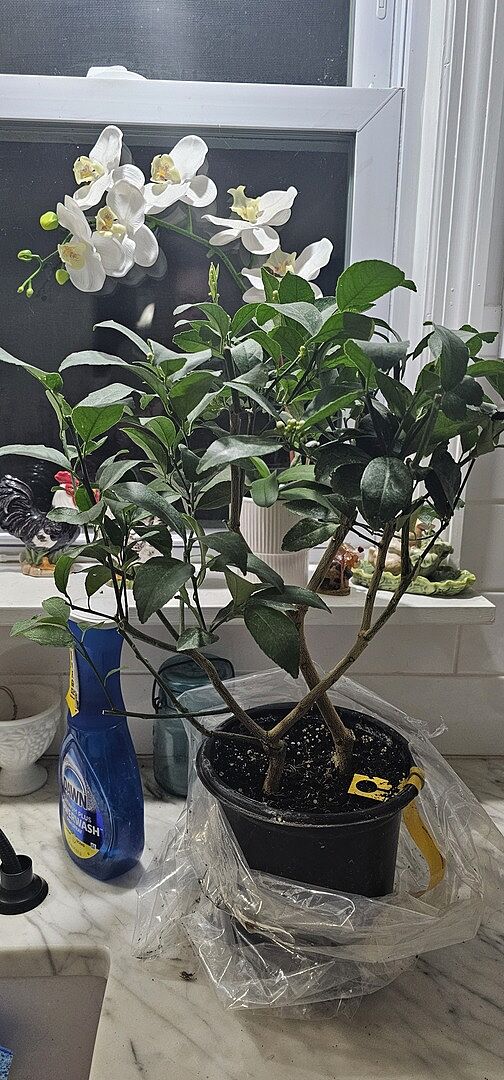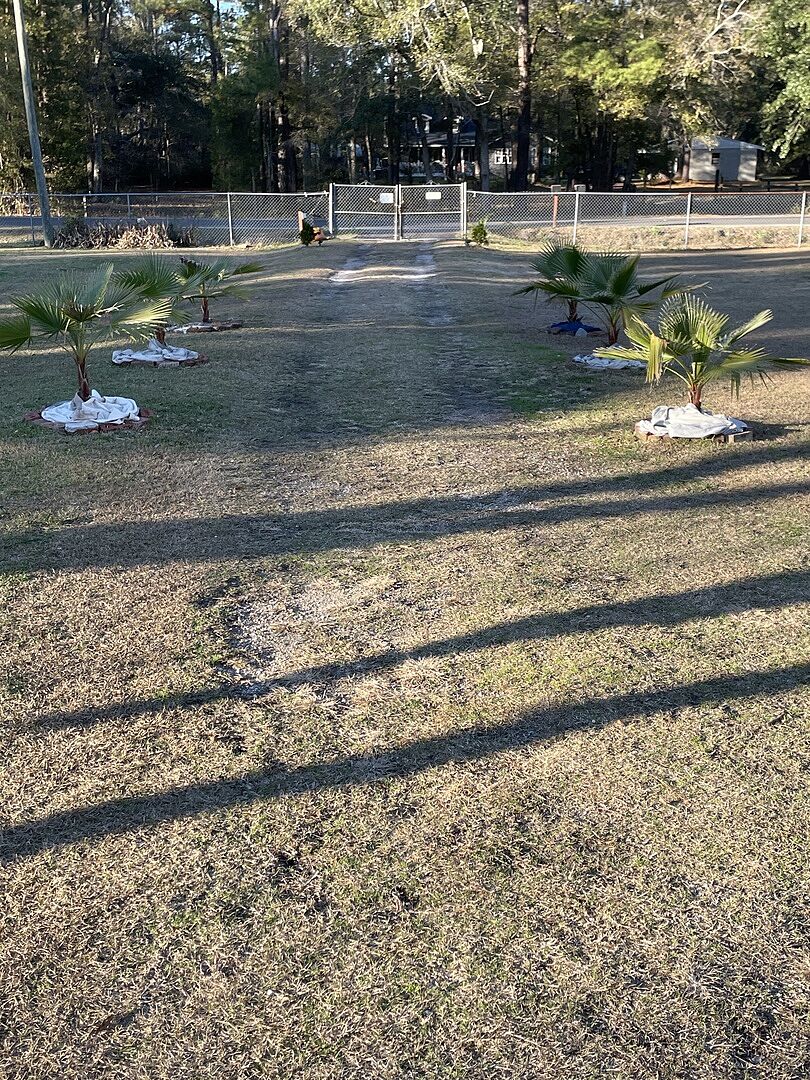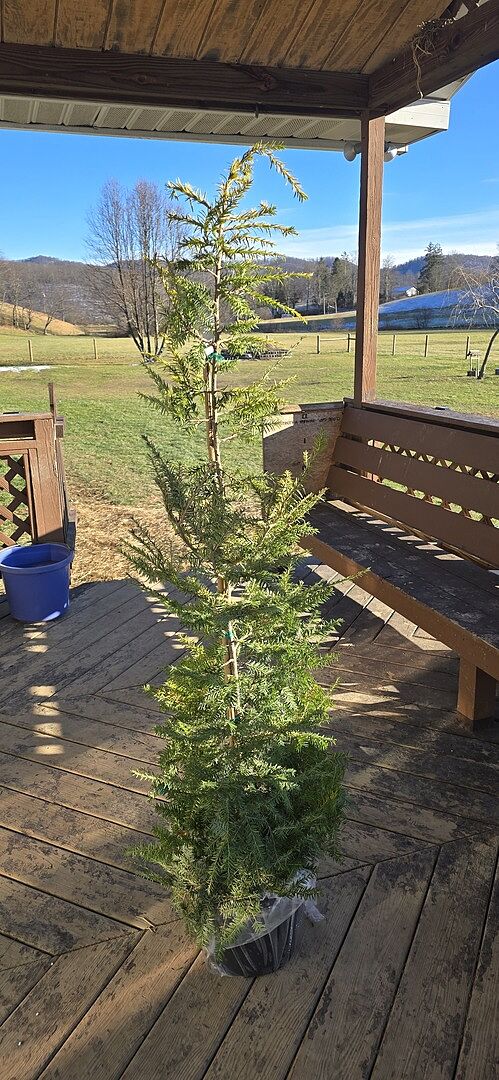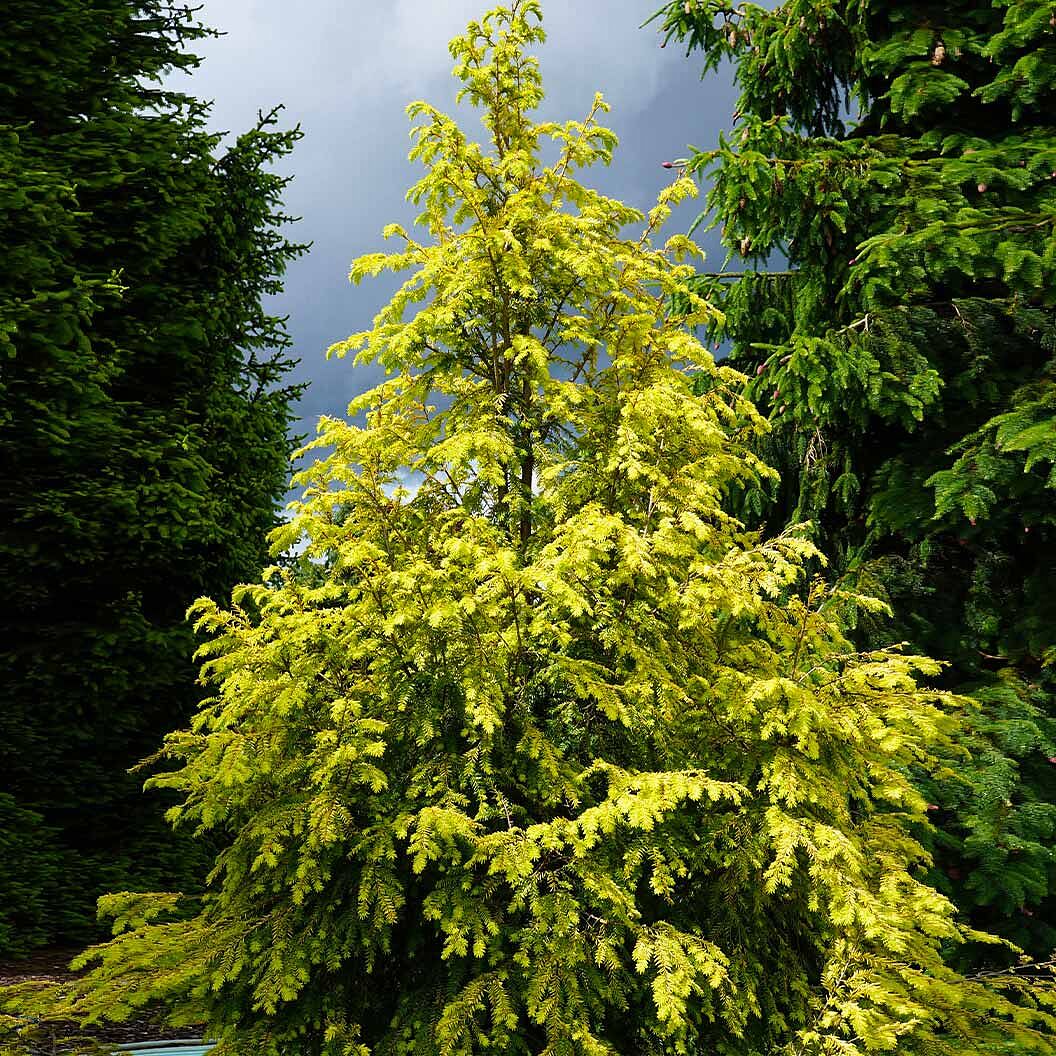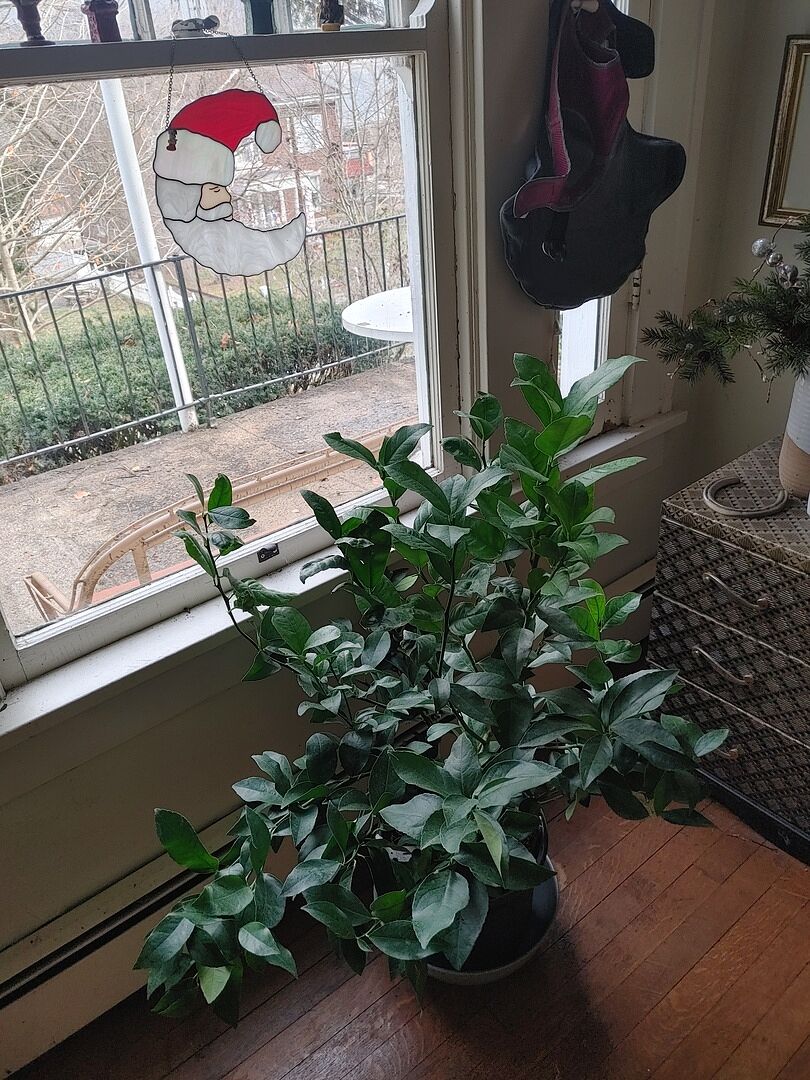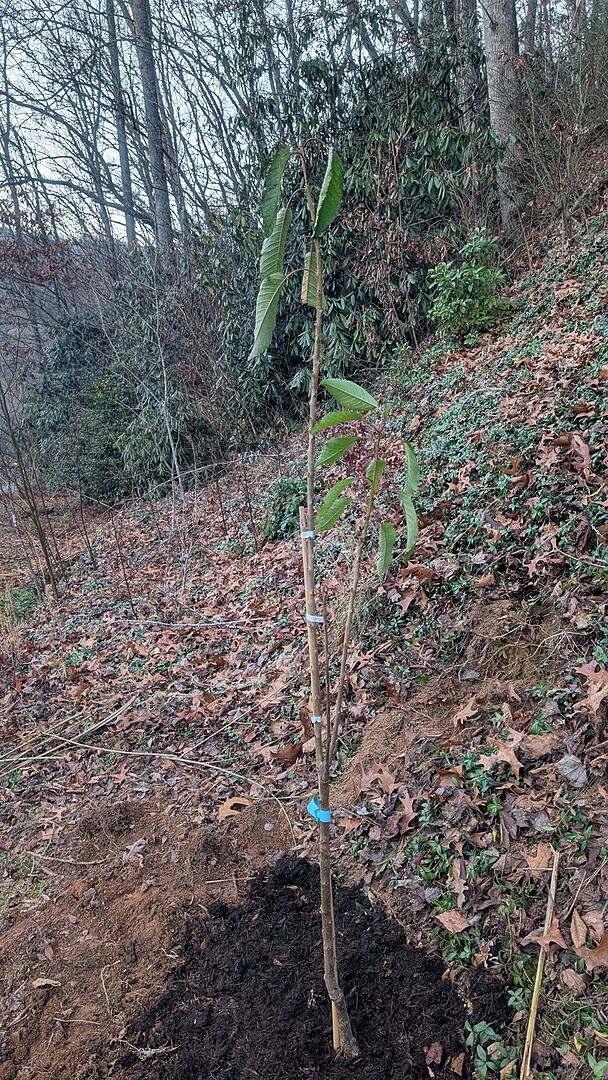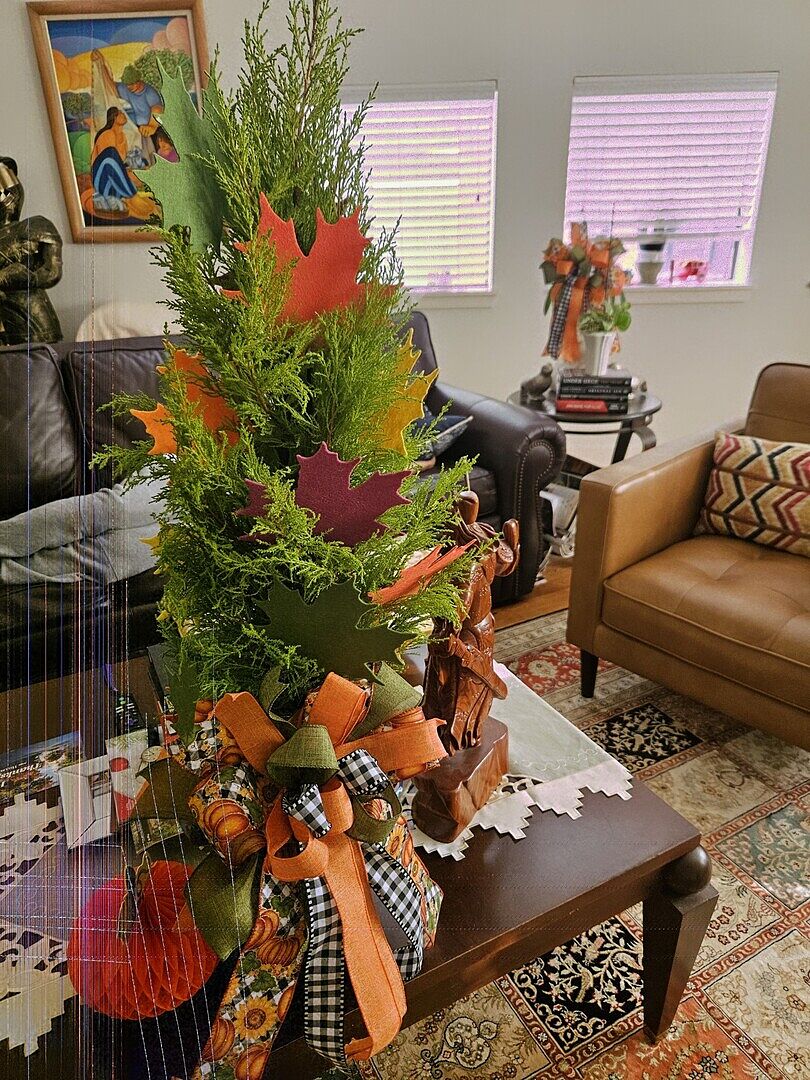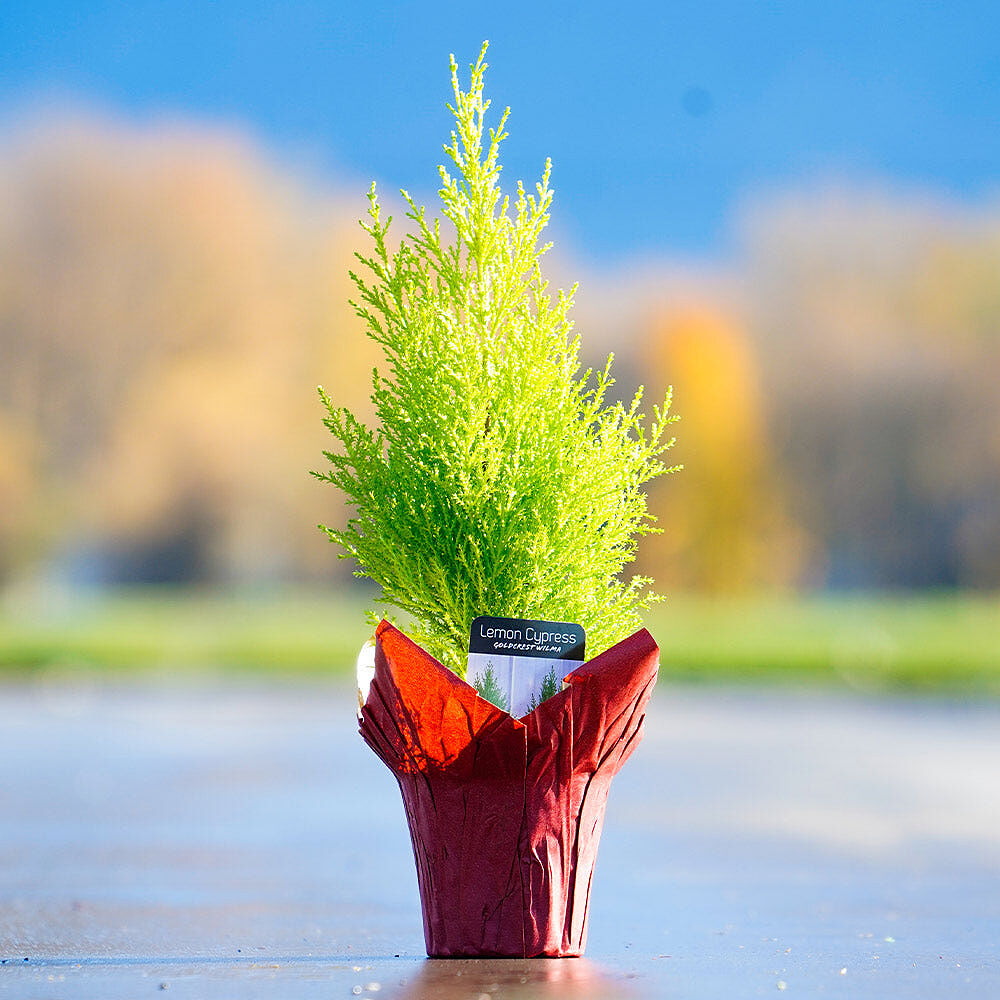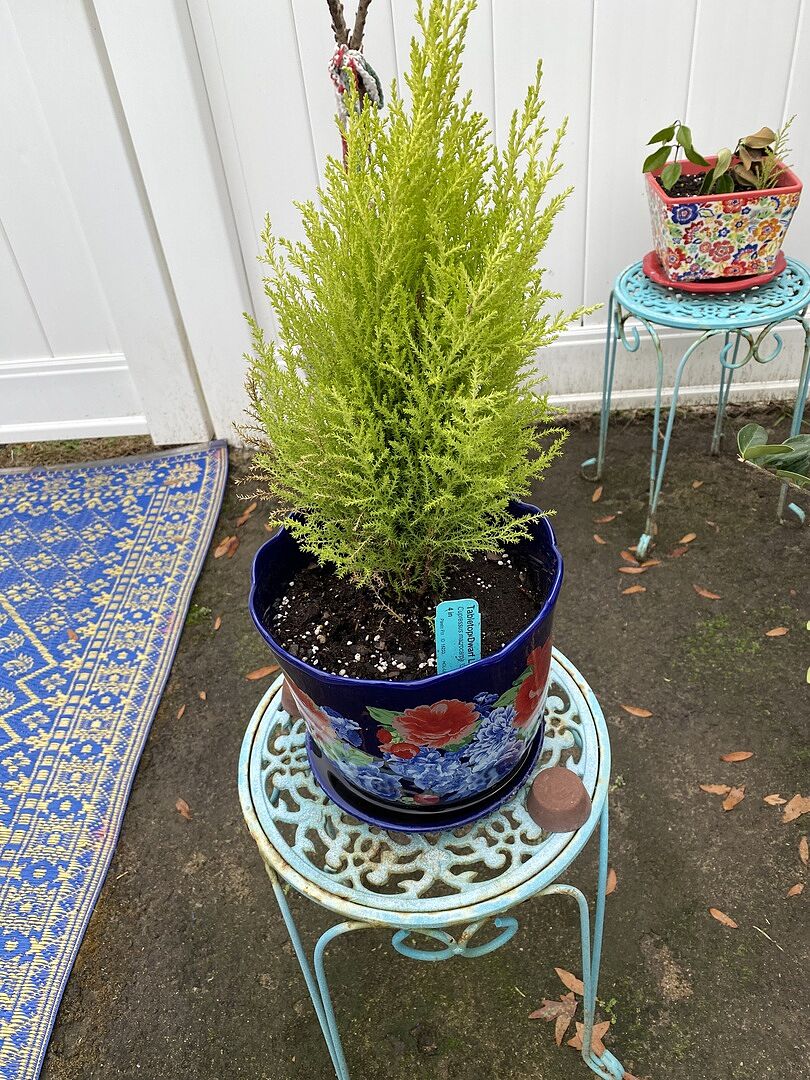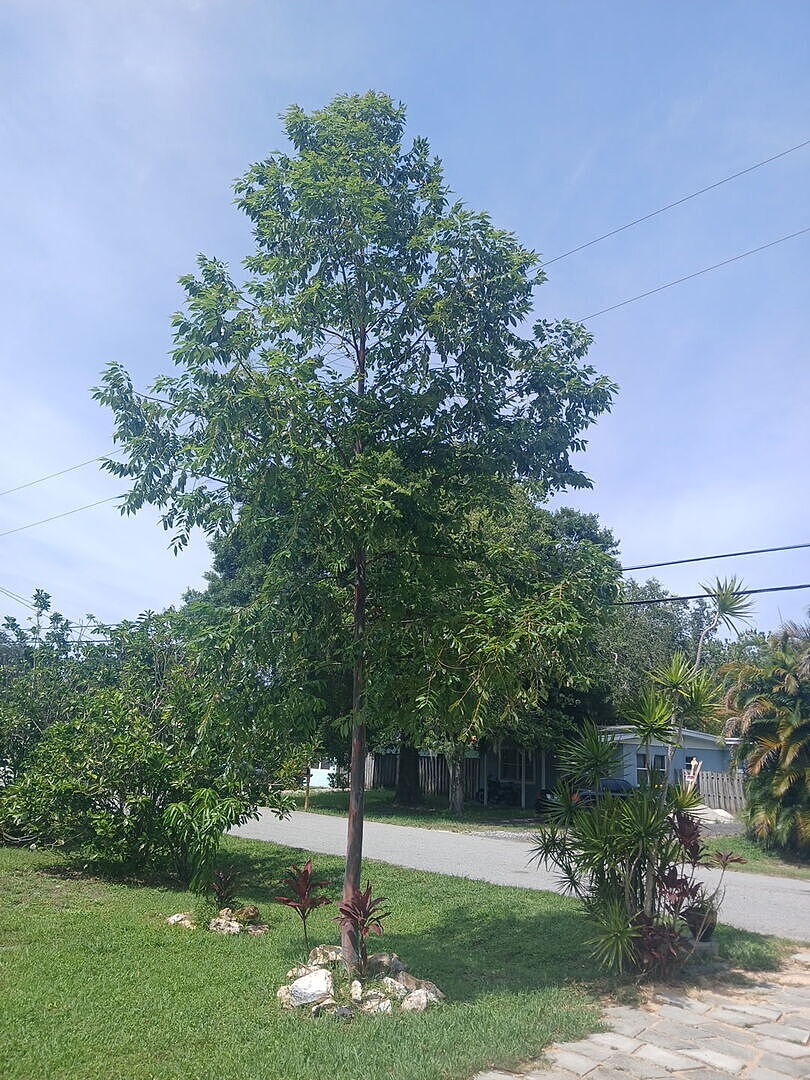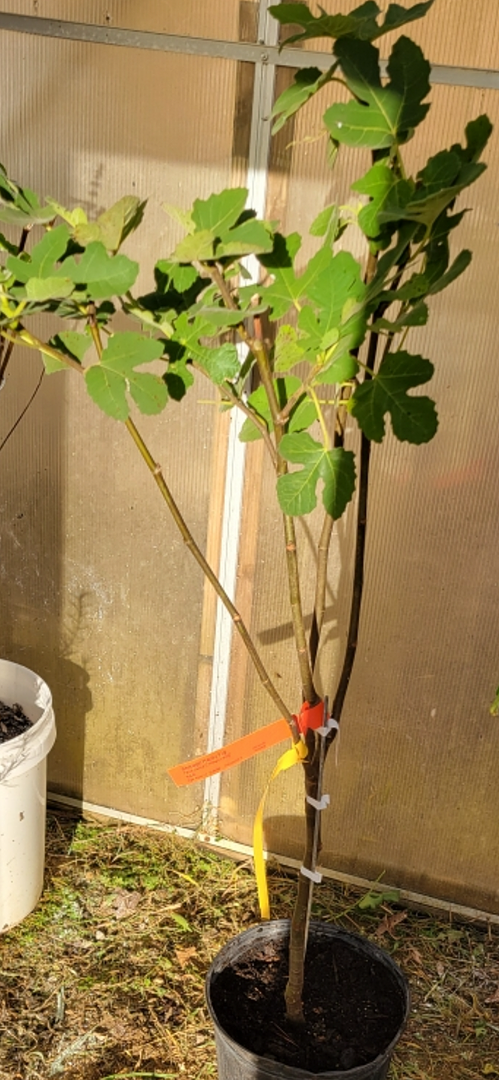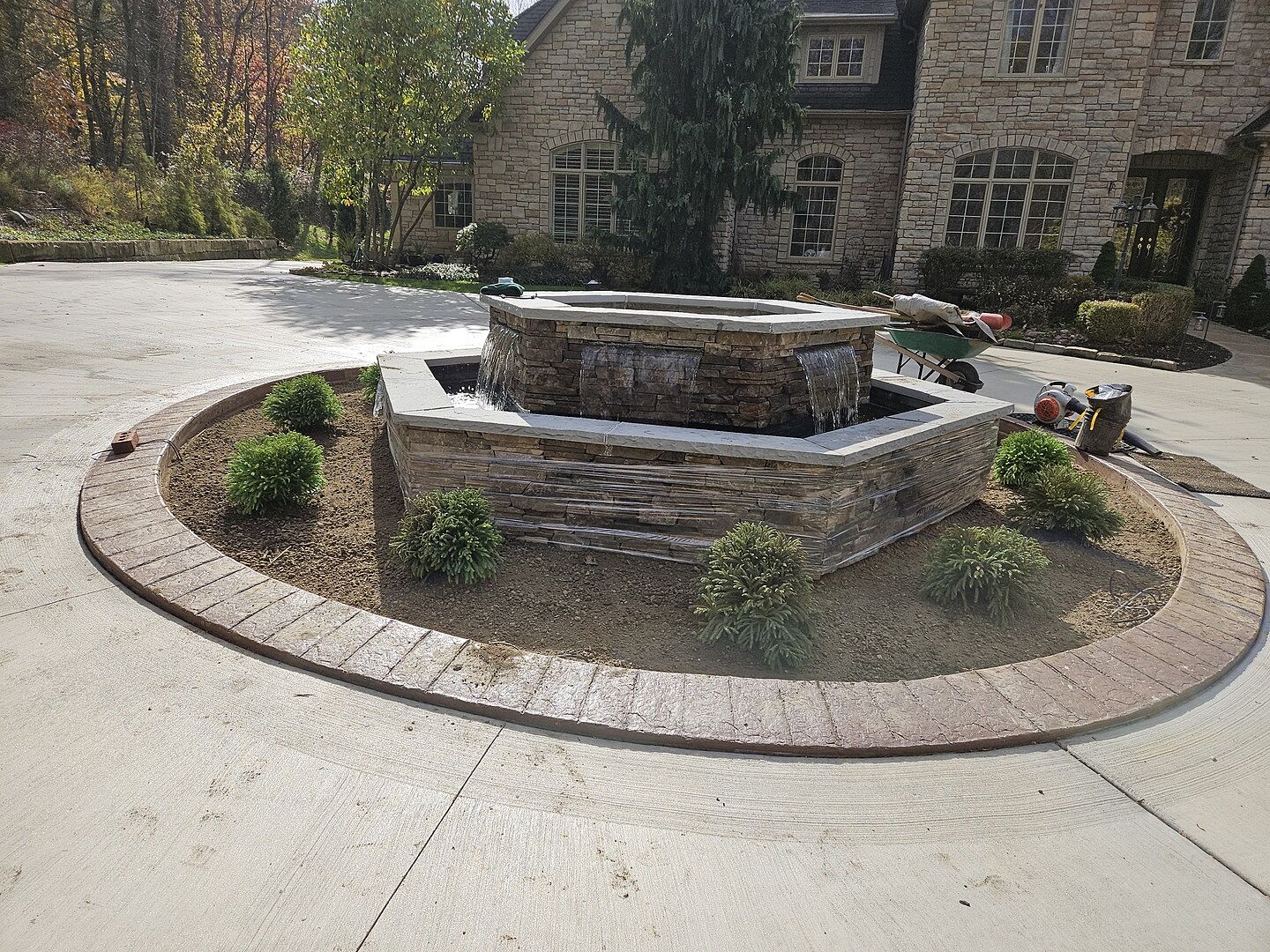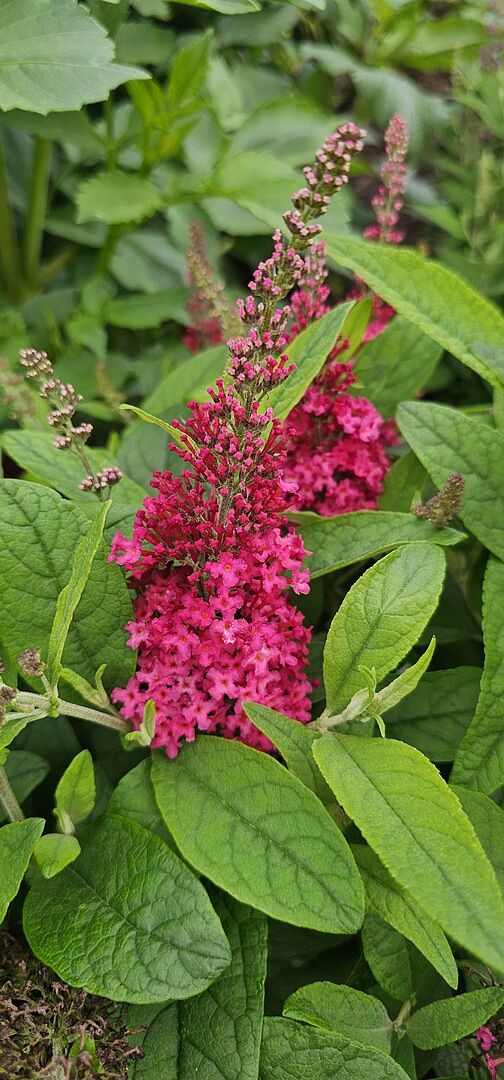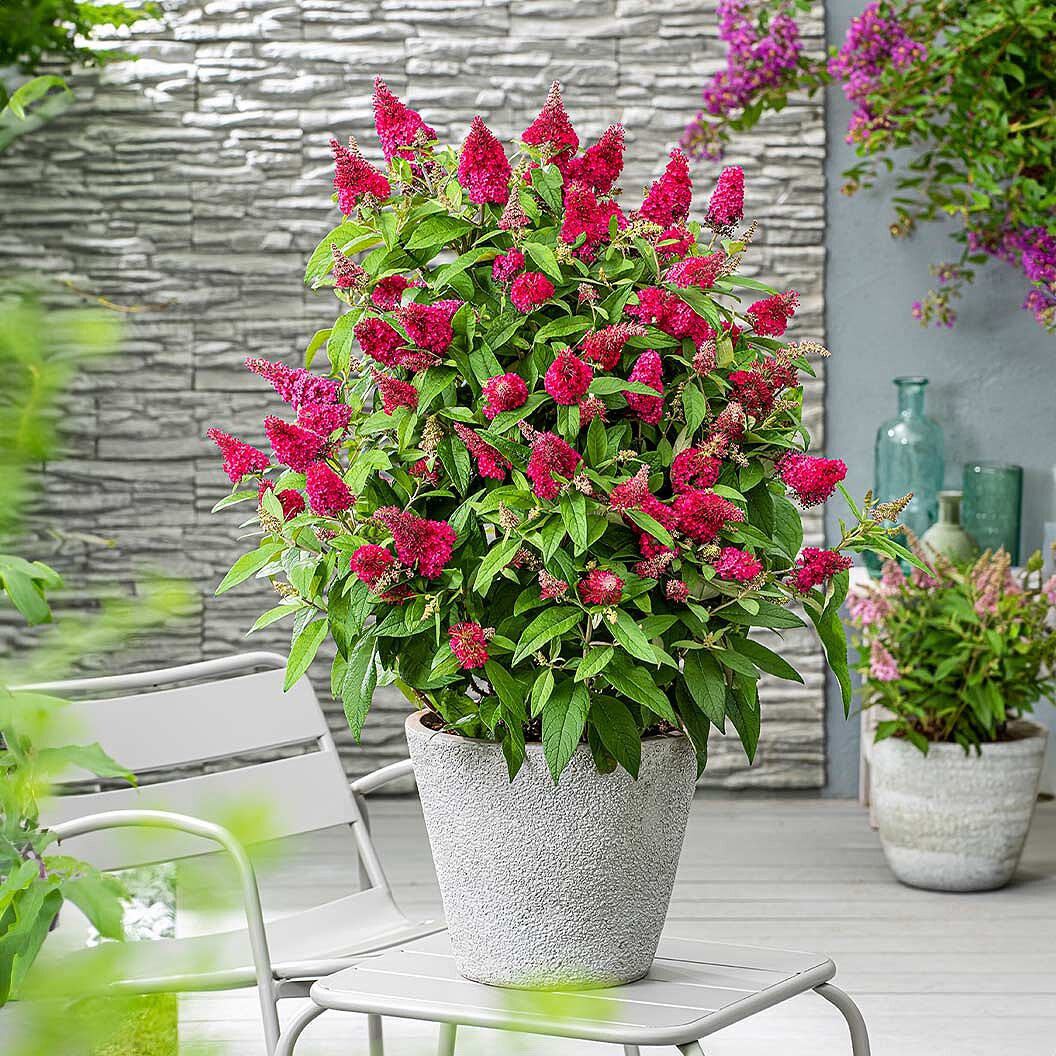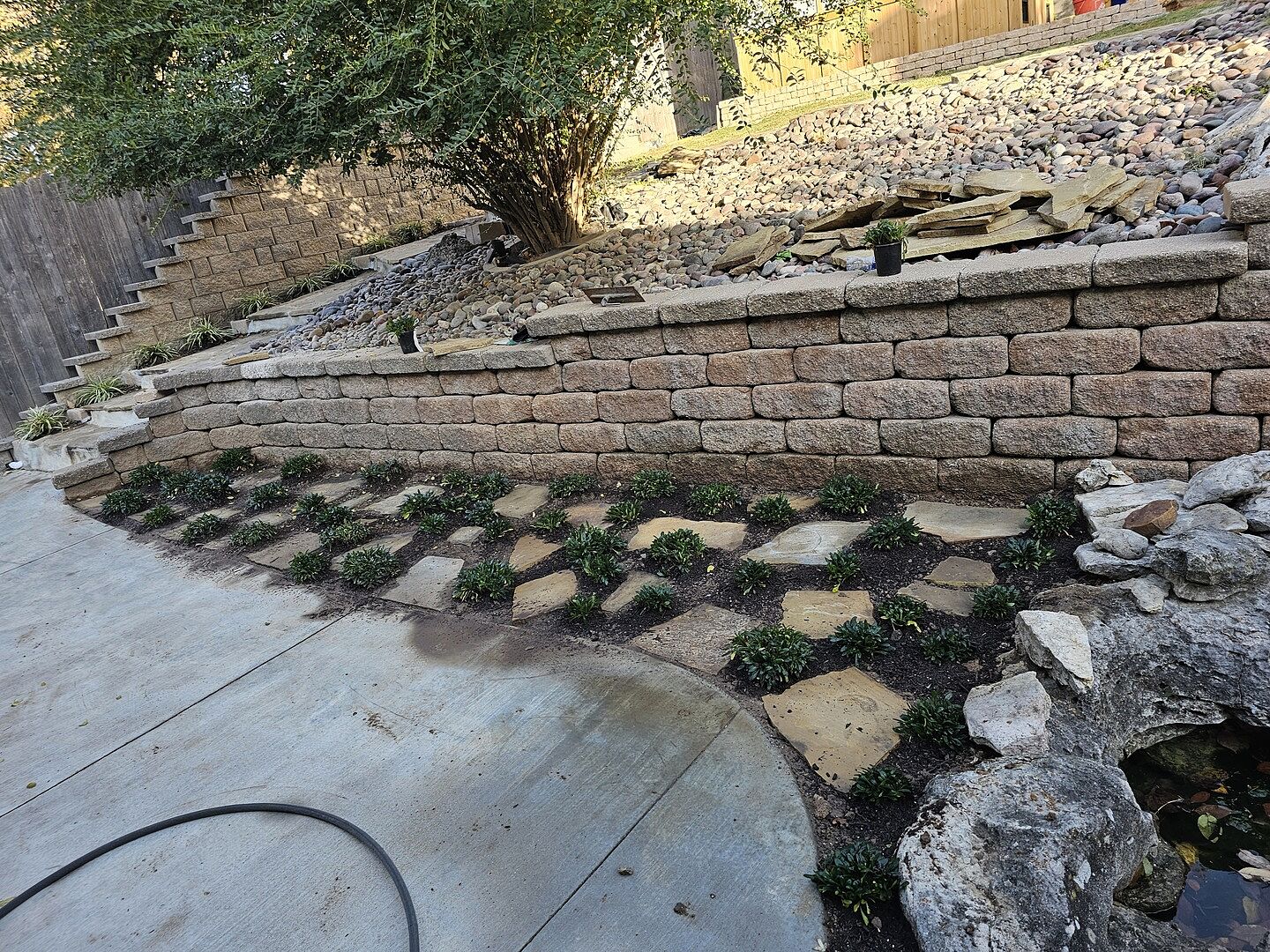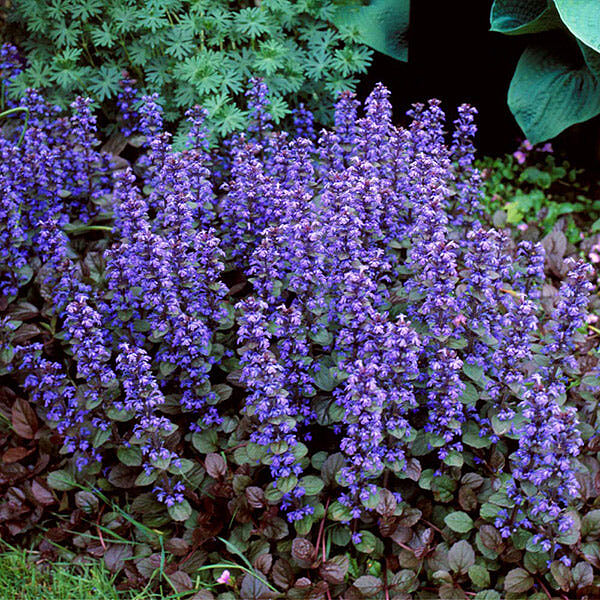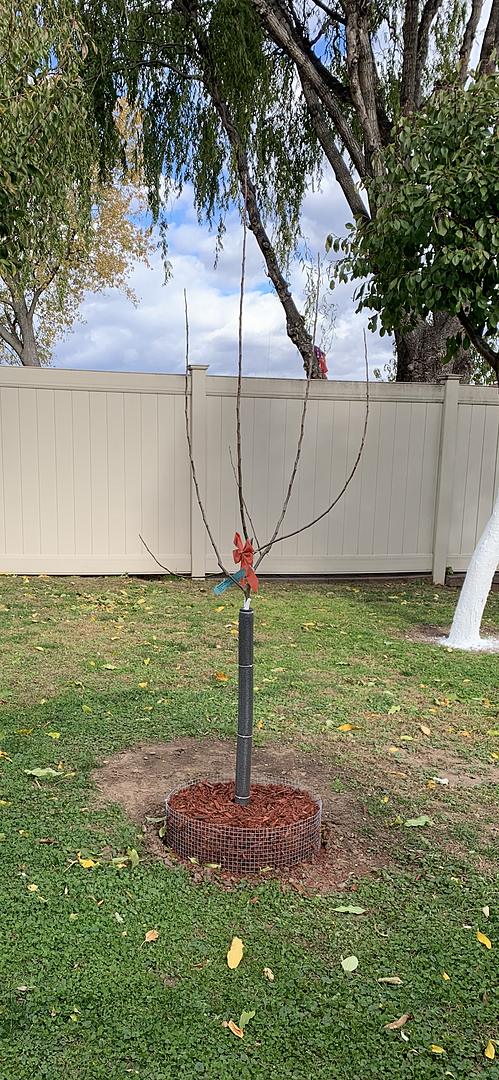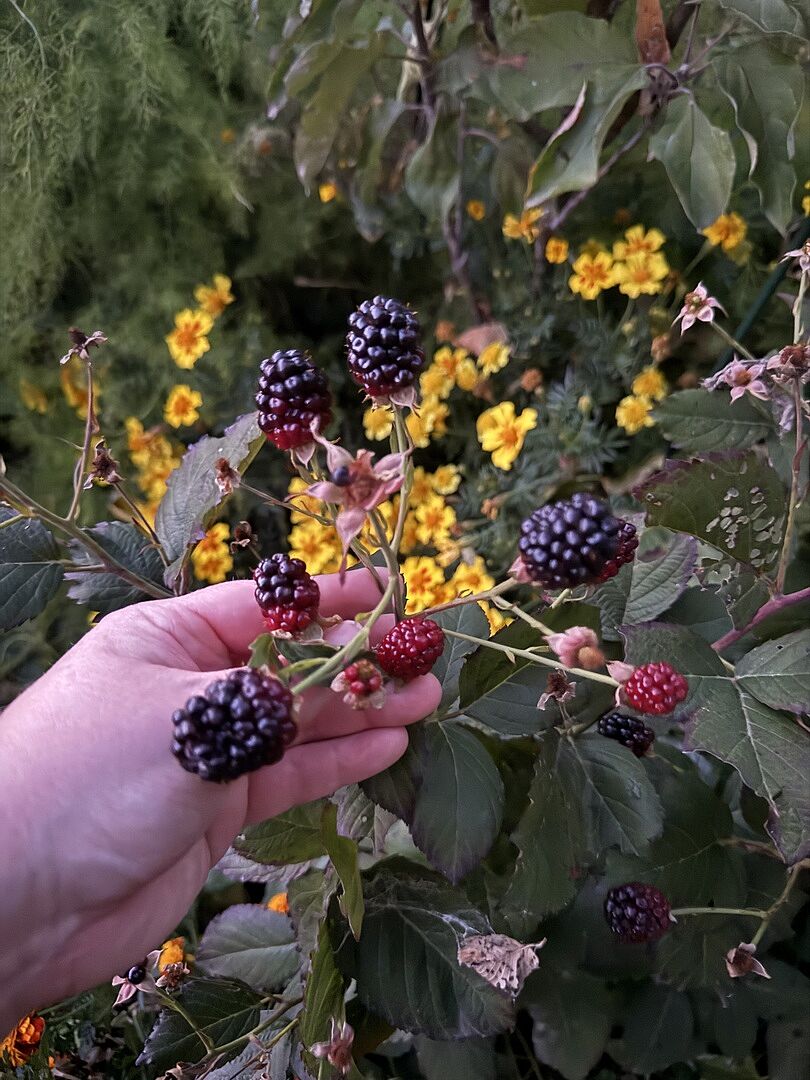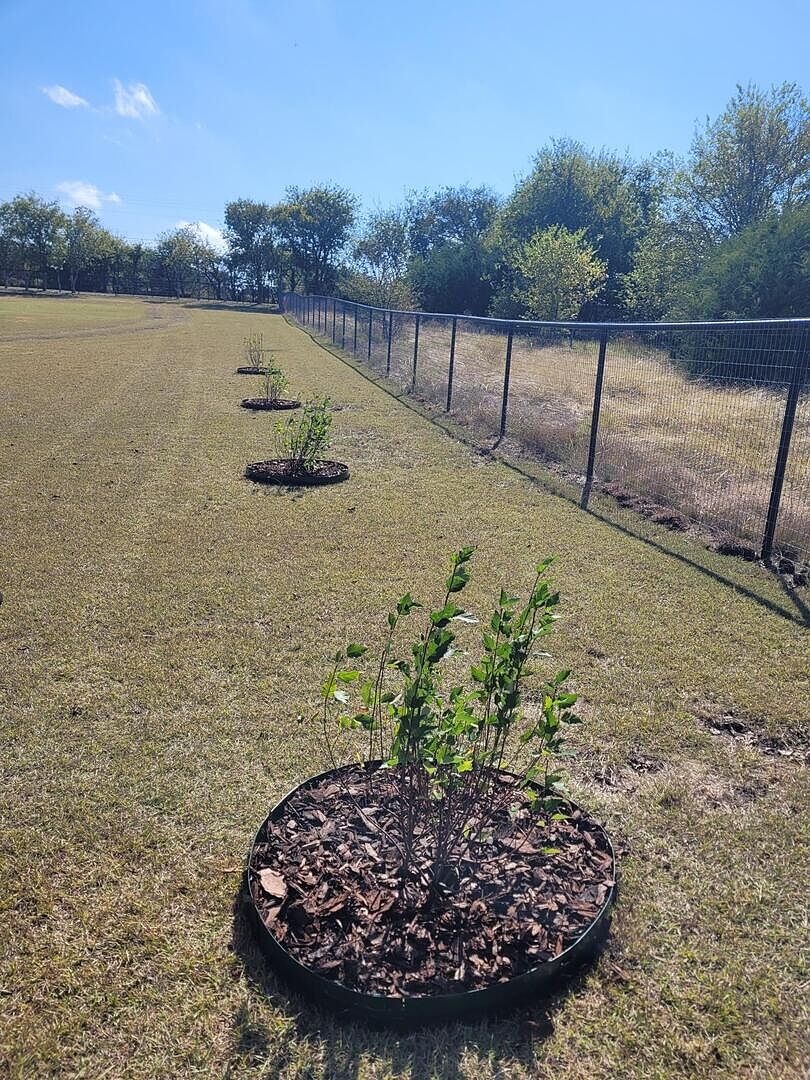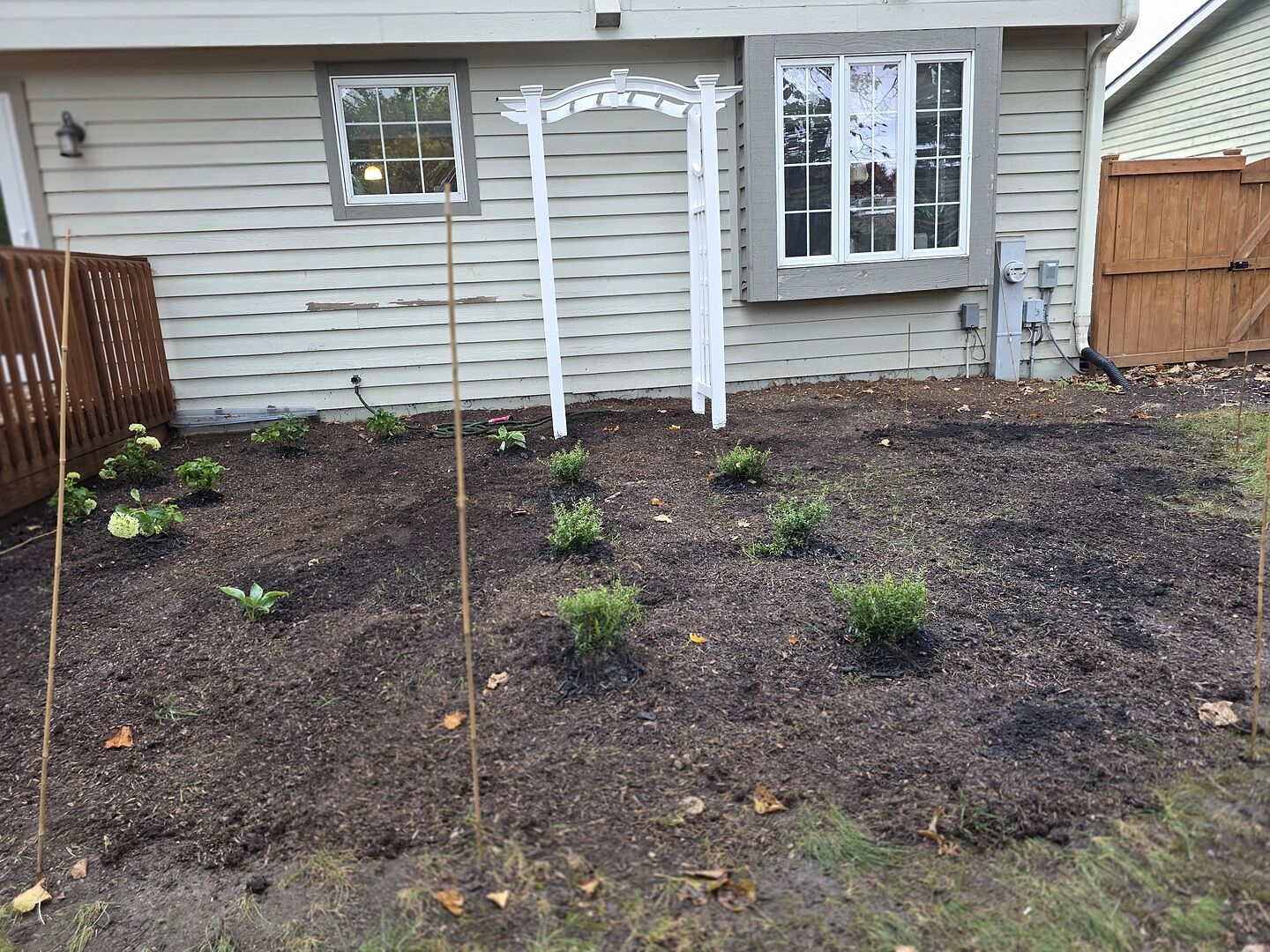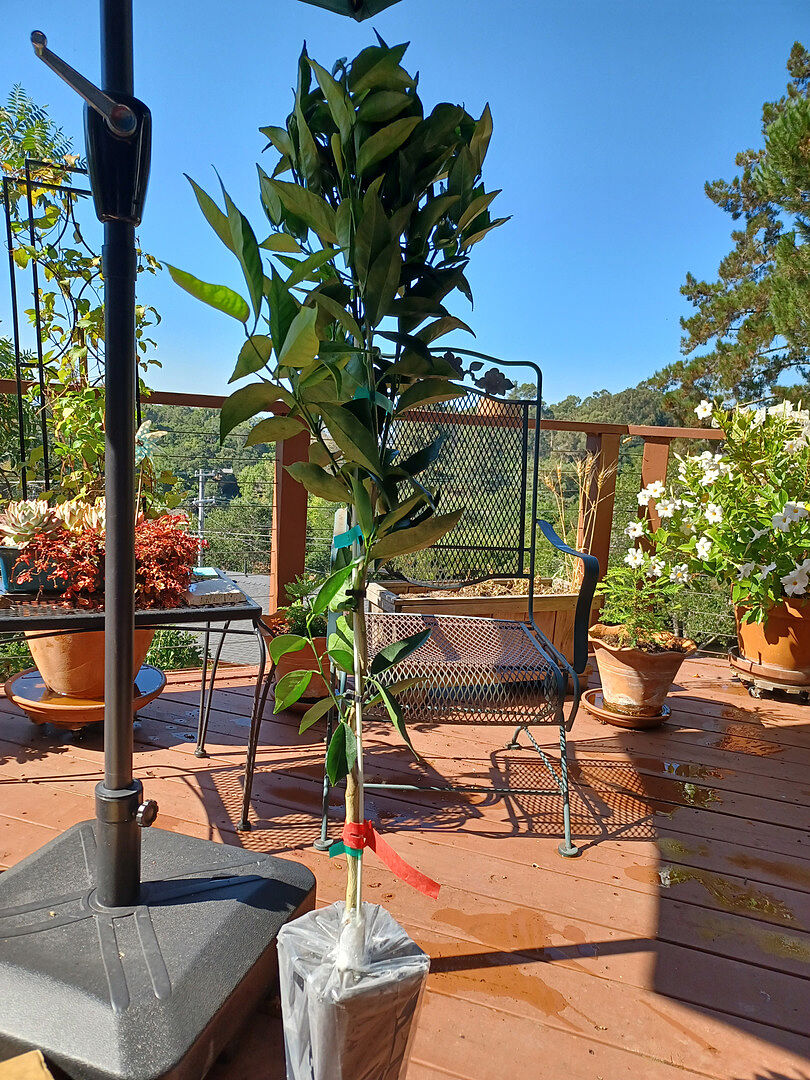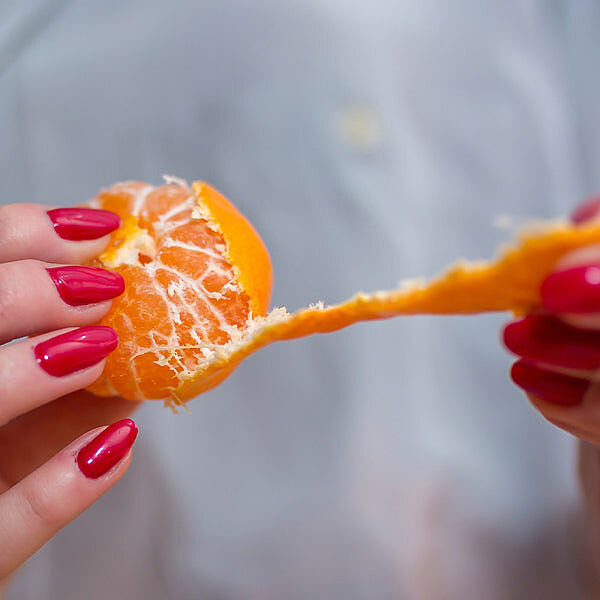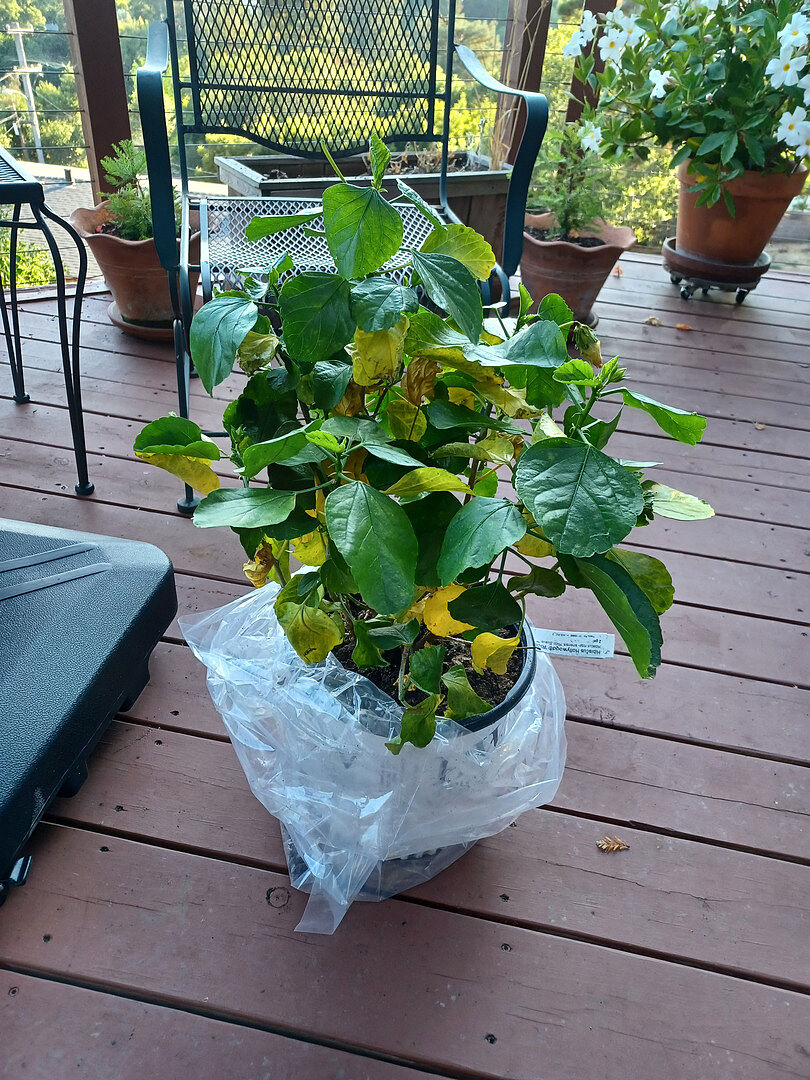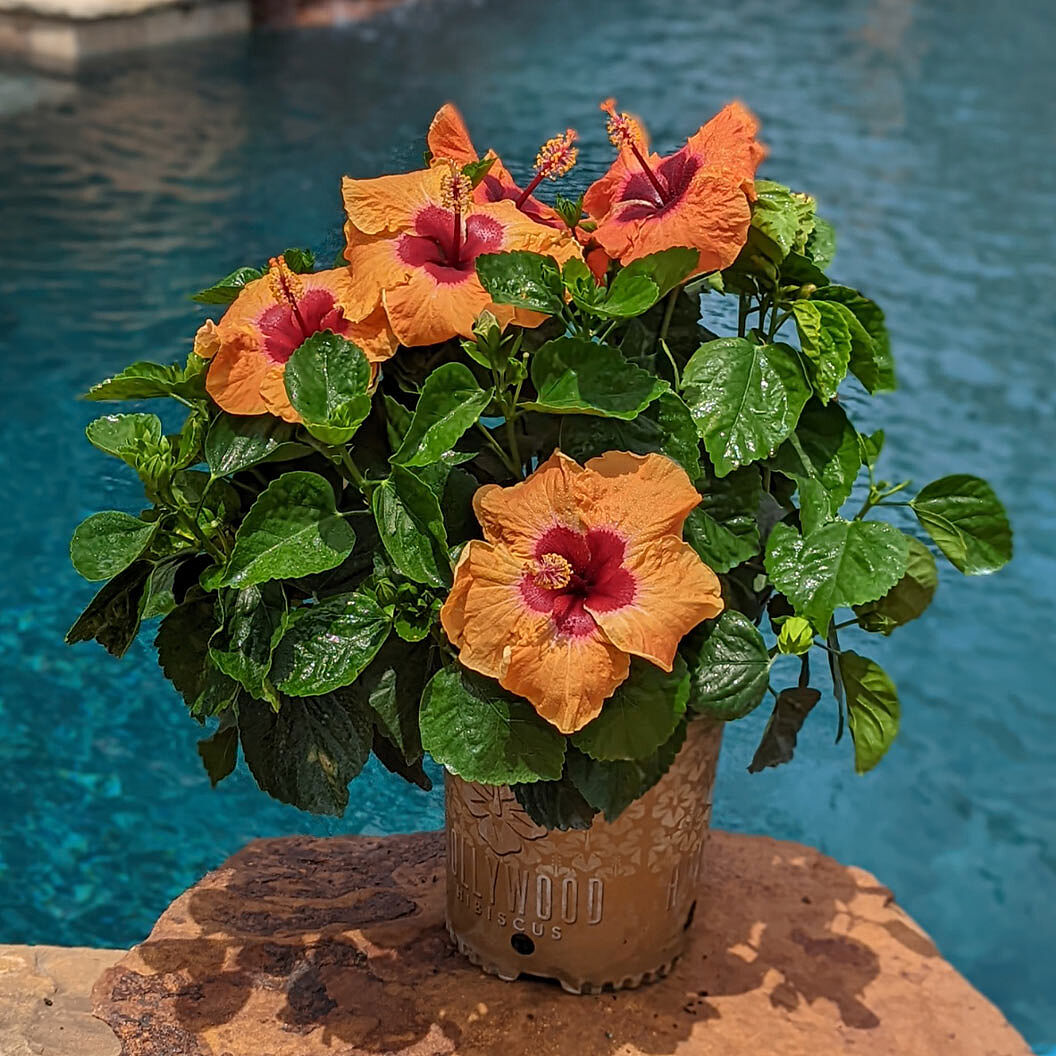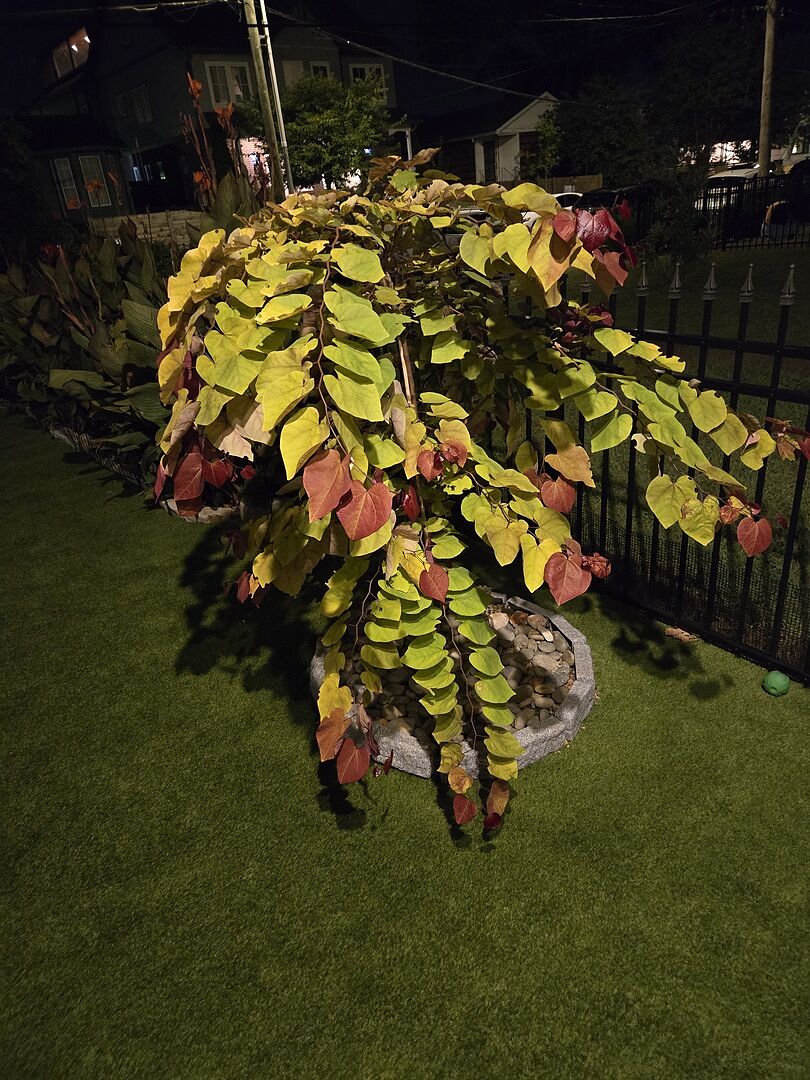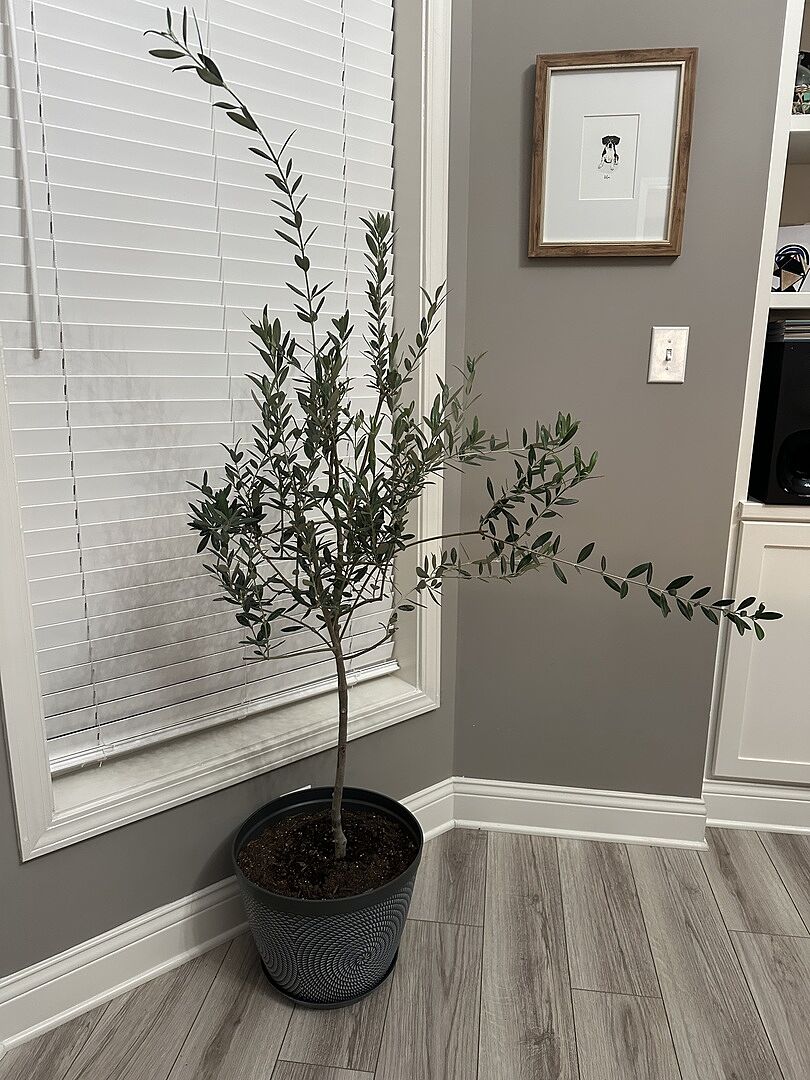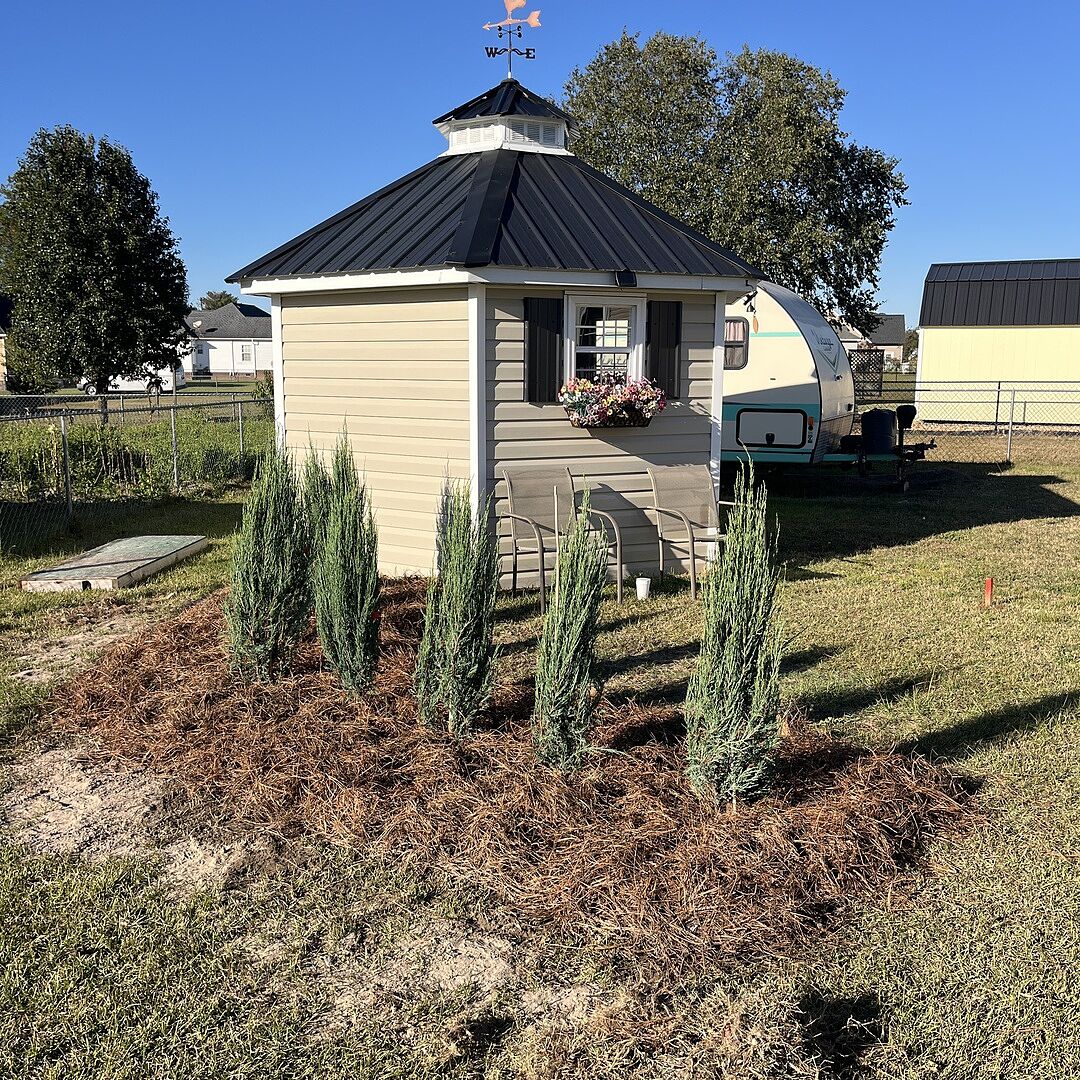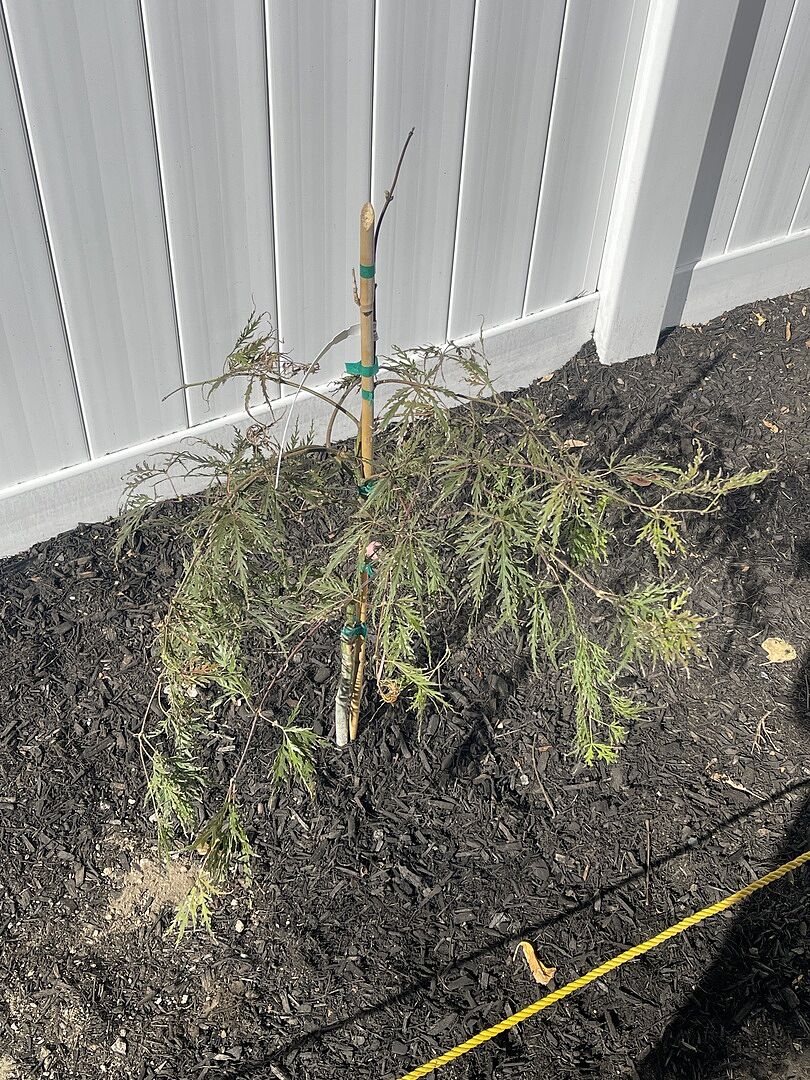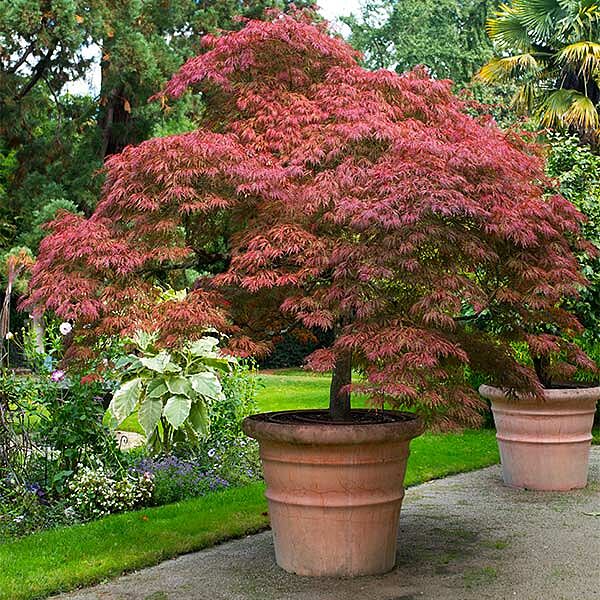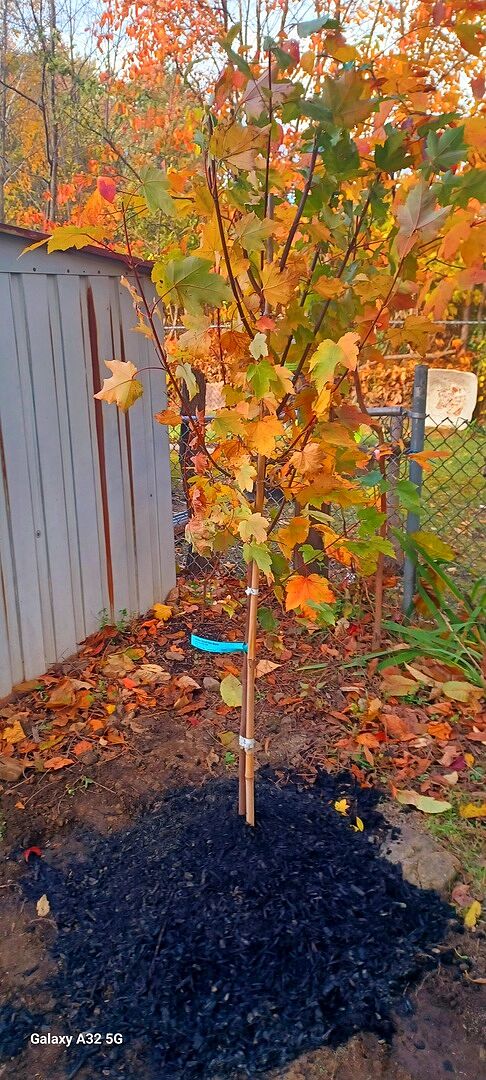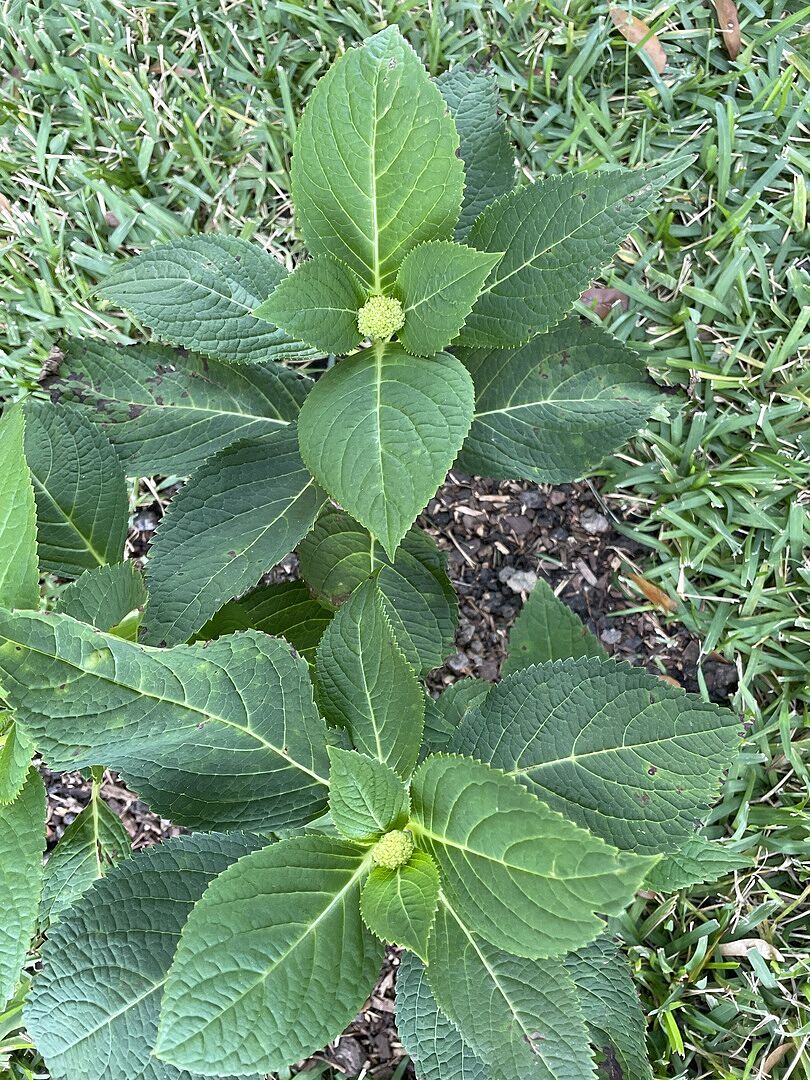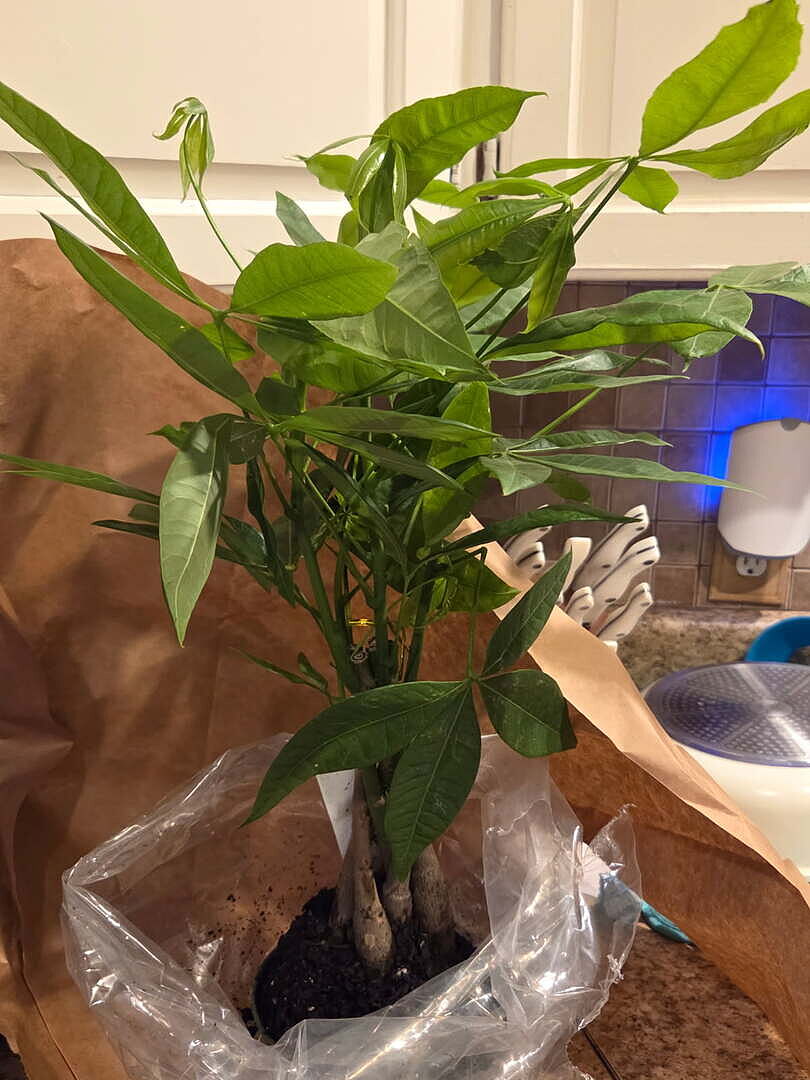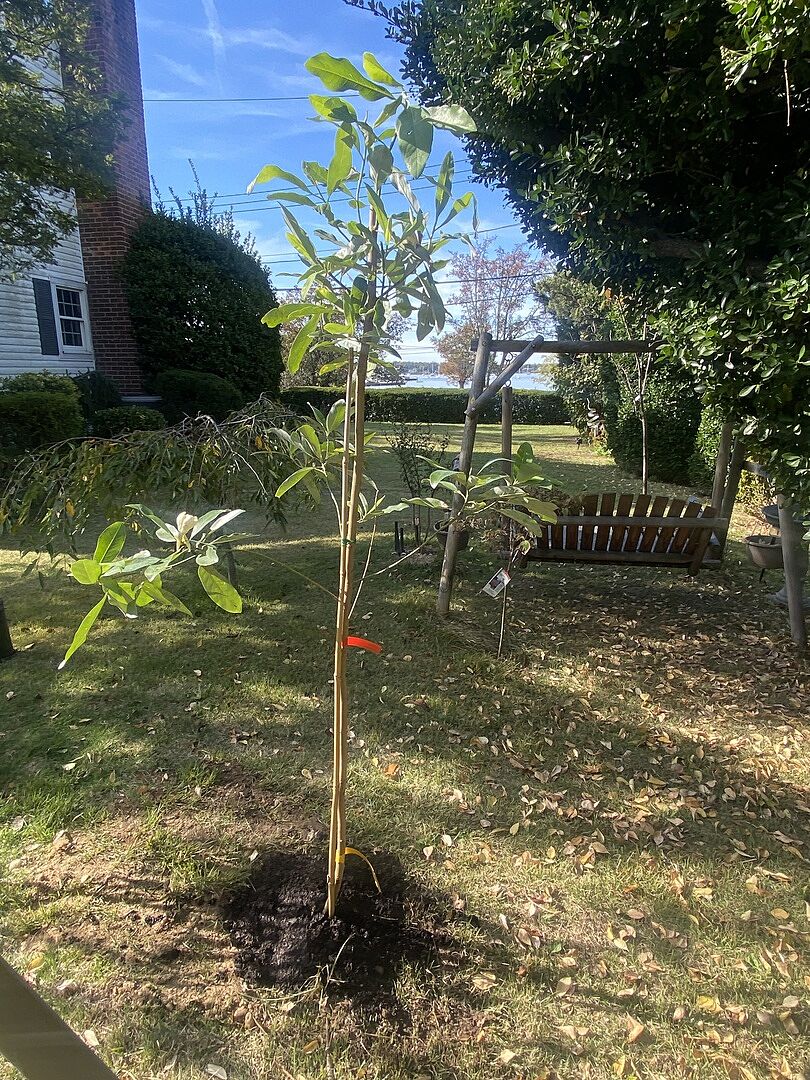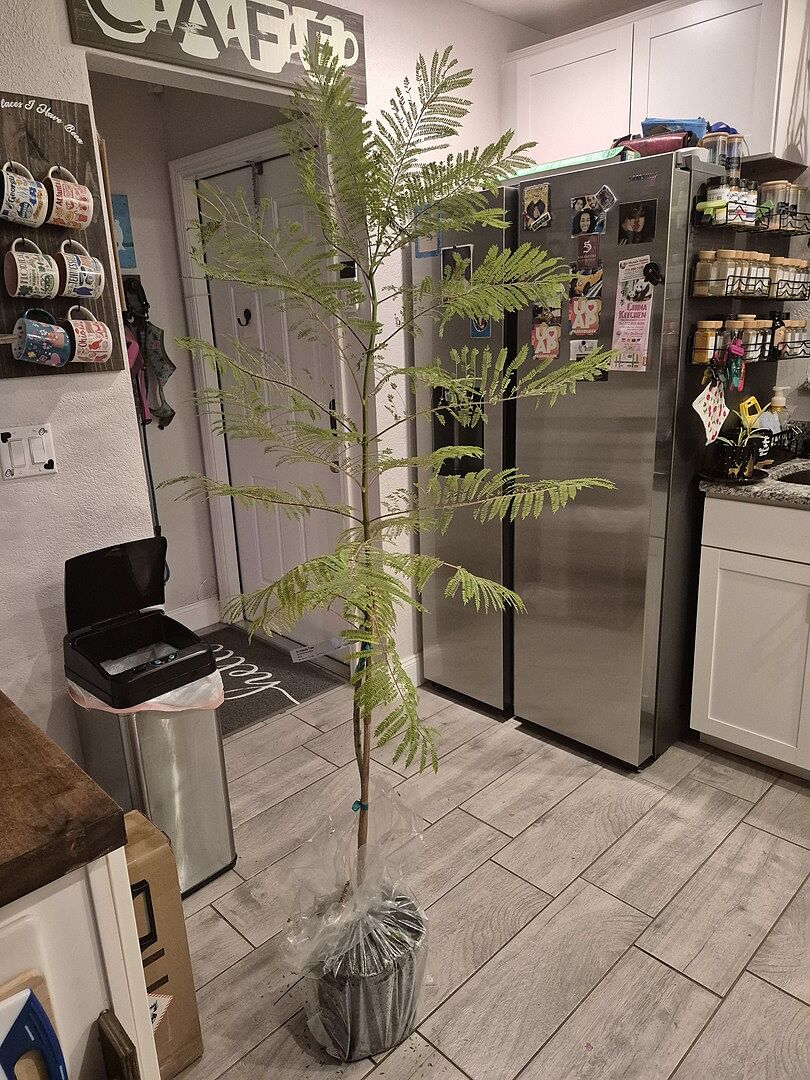Ask a Master Gardener: September Tidying & Composting
Last updated: Sep 08 2022

WE MADE IT! It’s September, and the temperatures will go down and humidity will begin to subside so the yard work can really begin. Grab your gloves and let’s get started!
Now is the time to divide perennials and make room for them to grow and multiply next year. If you have no place to put the extra plants after dividing, give them to a friend. I often buy small pots and decorate the pot with paint for Christmas. I then plant a perennial in each pot, label it and give growing directions. And there you have Christmas presents for neighbors and friends! I take pictures of the plants in bloom and add the pictures to the pot so that the recipient knows exactly what the variety looks like.
It’s also the time to cut back irises, bee balm, phlox, lilies, and daylilies, as well as clean up dead leaves and throw away any plants with signs of disease. Remove any annuals that are looking tired, and as you clean, remember to mulch and not leave the soil bare. In many areas, this is a dry season and the mulch helps hold moisture and control weeds. Remember, water but do not fertilize plants since we don’t want to encourage new growth before cold weather sets in and could damage that tender new growth.

As you take out plants, remember to plan for next year. Is there a flowering shrub you would like to incorporate into your garden? Now is the time to find a spot and make plans for planting when the weather cools. Is there a tree that you want in your garden? Look for a place where it can be planted later this year.
One of the most important tasks to do in the fall is to prepare your soil for next year’s growth. From raking your leaves to adding mulch and compost, the ingredients you add to your soil today will give you rewards next spring.

If you don’t have a compost pile, it really is time to think of starting one! All the leaves being raked up, all the dead annuals (as long as they’re healthy) you’re pulling up, all of your grass clippings, and the list goes on, can go into the pile. It’ll break down and go back into the soil as nutrients. Composting doesn’t have to be difficult, and it’s highly beneficial.
About 8% of greenhouse gas emissions come from wasted food and roughly half of all food waste occurs during "the consumption stage," meaning waste from food service and house-hold meal planning. Composting is a way of reducing your food waste, and there are certain things you're just not going to eat – like banana peels, pineapple and strawberry tops, egg shells, etc.

You really have everything you need at your fingertips when it comes to composting. Simply, find a place to start a pile in the backyard. Put down a layer of grass clippings, add dry leaves then add fresh fruits and veggies. I keep my scraps in a bag in the freezer until I have enough to go to the pile and add tea bags, coffee grounds, egg shells, and skins from any fruit or veggie. Just think of everything you put in the trash or down the food disposal–these are called green things, and most of these items can go into your compost pile. Just stay away from adding meat, dairy, bones, oils and butter.
Next, add your brown things. That would be leaves, pine needles, newspaper, or paper bags. These need to be shredded before adding to your compost, and your pile needs more brown than green. These should be layered and allowed to sit so that all your components can break down. Try aerating to aid in the decomposition–I use a yard fork to turn my pile, and I do it more often when it’s warm.
Depending on the weather, it could take anywhere from two to six months for your compost to fully decompose and be ready to use. Bad compost will smell like a dumpster, but good compost will smell more woody and earthly–it’ll also have more of a fluffy texture. Once you’ve achieved that, it’s ready to go into your garden to fertilize your plants. It’s as easy as that!
Even though many plants are slowing down for the year, there’s still so much to do in the garden during this season. I hope you’ll take advantage of this time out in your yard and do a little tidying, planning, and of course, lots of composting!
Love our Ask a Master Gardener column? Check out Phyllis's previous columns here!
Written by
Phyllis Ferguson
Phyllis is a Master Gardener growing in Zone 7 in Charlotte, North Carolina. She loves working in her landscape with flowering shrubs and perennials, planting around ponds and water features, and taking care of her dogs and her backyard chickens.
A longtime Master Gardener educator in North Carolina, Phyllis is sharing her best tips for plant selection, gardening, landscape care and more with FastGrowingTrees.com.
Featured Product

Russian Sage
34 reviewsStarting at $27.95





















